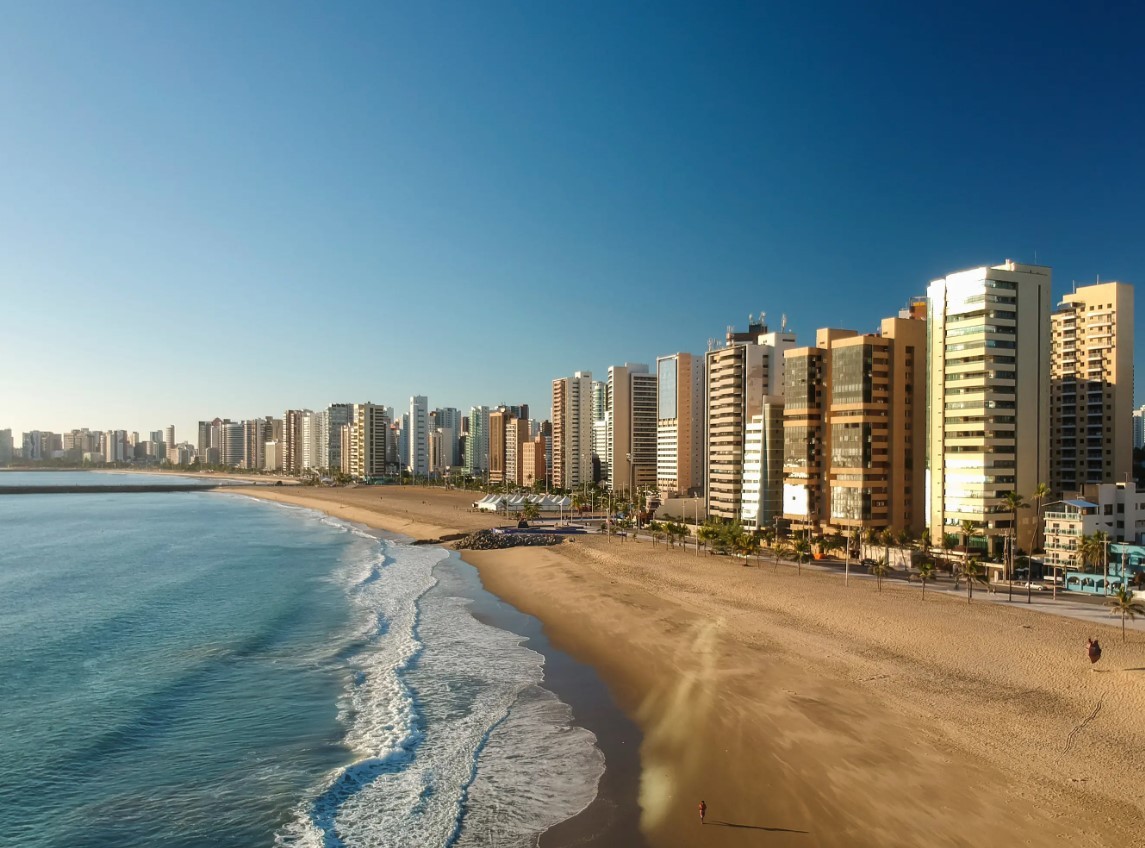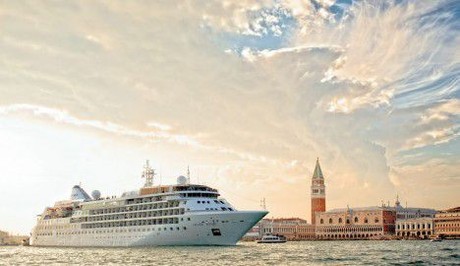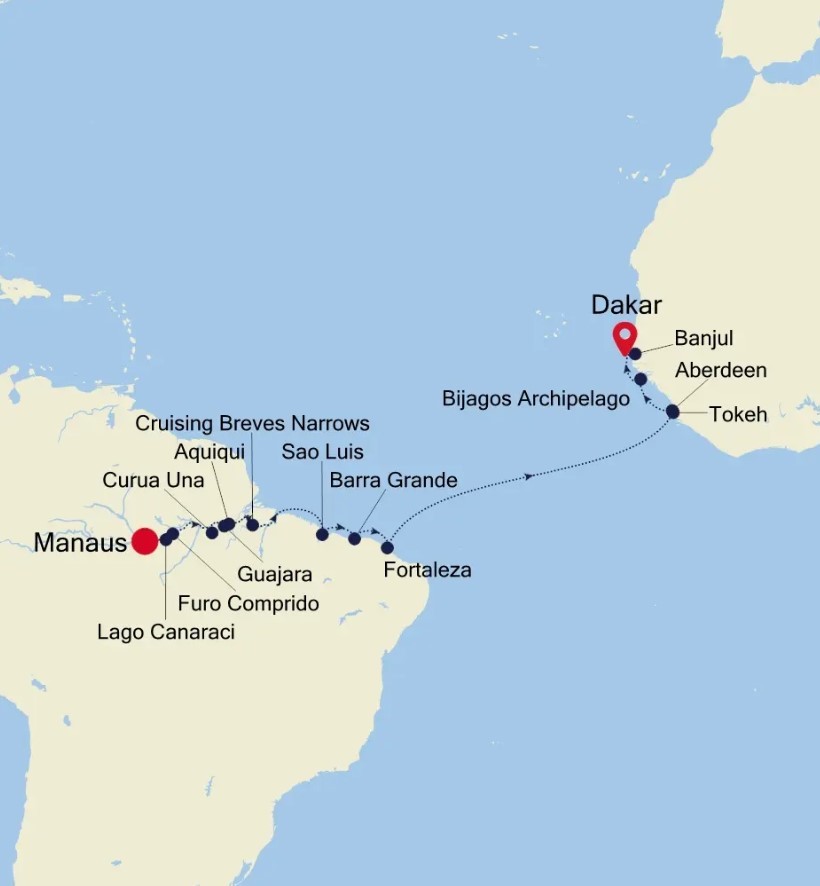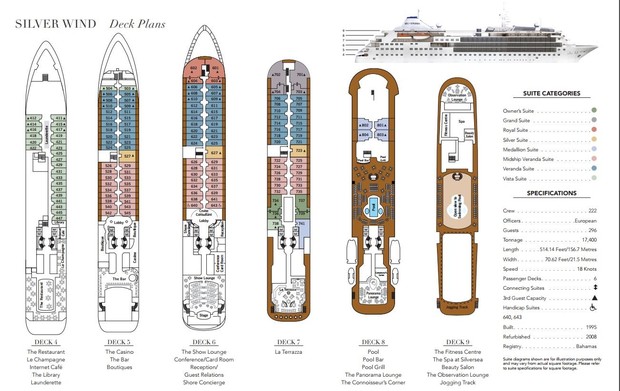
Begin this cruise by exploring Brazil’s plethora of diversity. Start by sailing the mighty Amazon, before delving into the country’s coastal cultures. Experience the varied history, flora and fauna of the destinations before hopping back onboard for five-days of Silver Wind comfort. Mother Africa comes next, with days spent discovering vibrant cities and off-the-radar wilderness paradises. End with an overnight stay in Dakar.
- Gorée Island: Explore the historic Gorée Island, a UNESCO World Heritage Site, known for its role in the transatlantic slave trade. Visit the Maison des Esclaves (House of Slaves) and experience its poignant history.
- African Renaissance Monument: Marvel at the towering African Renaissance Monument, one of the tallest statues in Africa. Climb to the top for panoramic views of Dakar and the surrounding area.
- Goree Arts and Crafts Market: Immerse yourself in Senegalese culture and shop for unique handmade crafts and souvenirs at the bustling Goree Arts and Crafts Market. It's a great place to pick up local art, textiles, and jewelry.
There are no future departures for this trip at this stage.
Silver Wind

| Maximum number of passengers | 296 |
|---|---|
| Crew: 222 | 222 |
| LENGTH: | 514.14 Feet / 156.7 Meters |
Al fresco dining with panoramic ocean views. Warm clubby spaces for evening cocktails with friends. The plush comfort of your ocean-view suite after a day of incredible sights. Welcome home to the luxury cruise ship, Silver Wind. Timelessly elegant yet luxuriously relaxed, Silver Wind strikes the perfect balance of yacht-like intimacy combined with the space, amenities and diversions typically reserved for larger vessels. Warm welcomes and gracious personalized service inspire our guests to call Silver Wind their “home away from home” - join us and discover the charms of Silver Wind.
Silversea's oceanview suites are some of the most spacious in cruising, and all include the services of a butler.



